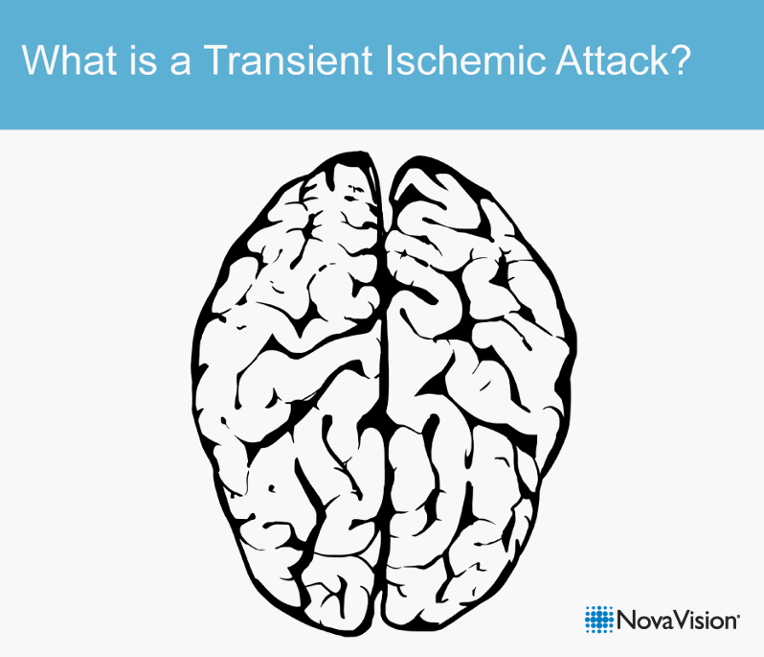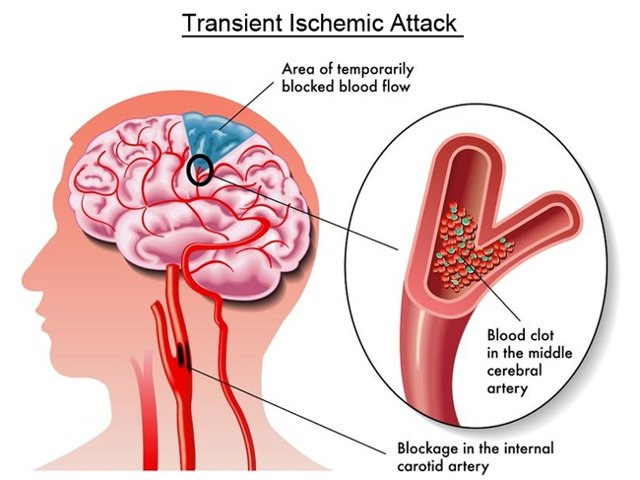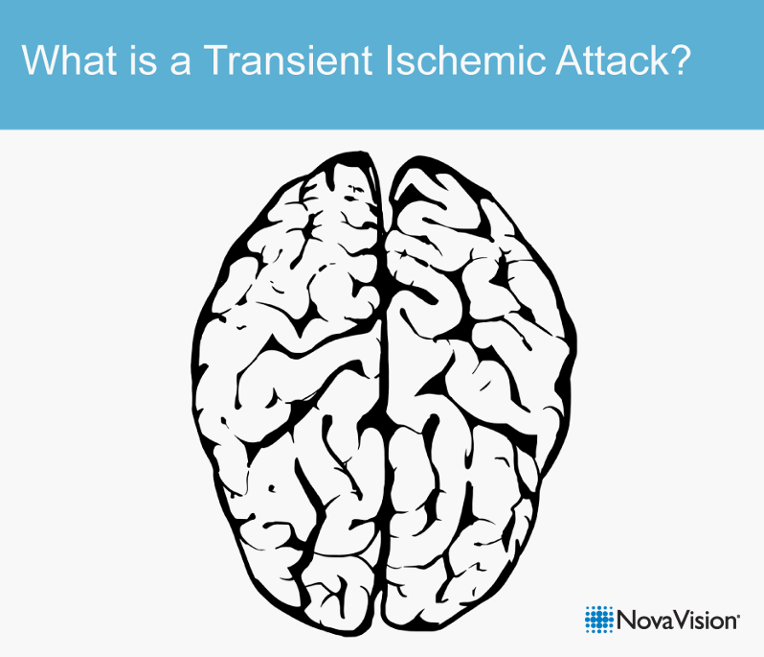
Transient ischemic attacks (TIAs) are common, affecting at least 240,000 people each year in the United States.
TIA’s can at times be mistaken for a stroke since it can mimic stroke-like symptoms. It is important to know the difference as TIA’s are a serious warning sign that a stroke may happen in the future and should not be ignored.
Stroke vs. TIA
Stroke: An interruption of blood flow to an area of the brain that lasts for long enough to cause permanent damage to the brain.
Transient Ischemic Attack (TIA): A temporary interruption in blood flow to an area of the brain, not lasting long enough to cause permanent damage to the brain.
Now that we’ve distinguished the difference between a TIA and a Stroke, we can delve deeper into understating the causes, symptoms and treatments for TIA’s.
What is a Transient Ischemic Attack?
A transient ischemic attack (TIA) is an episode in which a person has signs or symptoms of a stroke (eg, numbness, inability to speak, blurred vision) that last for a short time. Symptoms of a TIA usually last between a few minutes and a few hours. A person may have one or many TIAs over time.
Most TIAs result from narrowing of the major arteries to the brain, such as the carotid arteries. These blood vessels provide oxygenated blood to brain cells. These arteries can become clogged with fatty deposits, called plaques. Plaques partially block the artery, and can lead to the formation of a blood clot. This blood clot (thrombus) can further narrow or completely block the artery. More frequently, a blood clot will detach from the wall of the artery, travel along the bloodstream to smaller branches, and block blood flow to the area of brain fed by that artery.
In some cases, TIAs can be caused by blood clots that form in the heart and travel to the brain (called emboli). TIAs can also occur as a result of narrowing and closure of small blood vessels deep inside the brain.
If an artery remains blocked for more than a few minutes, the brain can become damaged or infarcted(that is, the tissue in that area dies).
- With a TIA, the symptoms resolve completely (usually within a few hours or less)
- With a stroke, the symptoms may not resolve completely

http://iahealth.net/transient-ischemic-attack/
Common Symptoms
- Hand, face, arm, or leg weakness or numbness
- Difficulty speaking (garbled speech), slurred speech, or inability to speak at all
- Blurred, doubled, or decreased vision in one or both eyes
These symptoms are identical to those of a stroke. When the symptoms first develop, it is not easy to tell if a person is having a stroke or TIA.
Risk Factors
A number of factors can increase a person’s risk of TIA, including the following:
- Age greater than 40 years
- Heart disease (eg, atrial fibrillation, carotid stenosis)
- High blood pressure
- Smoking
- Diabetes
- High blood cholesterol levels
- Illegal drug use or heavy alcohol use
- Recent childbirth
- Previous history of transient ischemic attack
- Sedentary lifestyle and lack of exercise
- Obesity
- Current or past history of blood clots

Treatment
The optimal treatment of a TIA depends upon the presumed cause of the TIA, the time since the first TIA symptoms occurred, and the person’s underlying medical problems.
The goal of treatment is to reduce the risk of having a stroke. There are several types of treatment:
- Treating risk factors, such as high blood pressure
- Antiplatelet therapy
- Statin therapy
- Anticoagulant therapy
- Revascularization
* To read a detailed explanation of each treatment click here
Prevention of strokes and TIAs is based on a healthy lifestyle and management of stroke risk factors. In fact, there are many factors well within your control that you can do to decrease your risk of stroke, you can read our previous blog here which outlines eight powerful ways to prevent a stroke.
Resources:
1) http://www.uptodate.com/contents/transient-ischemic-attack-beyond-the-basics


